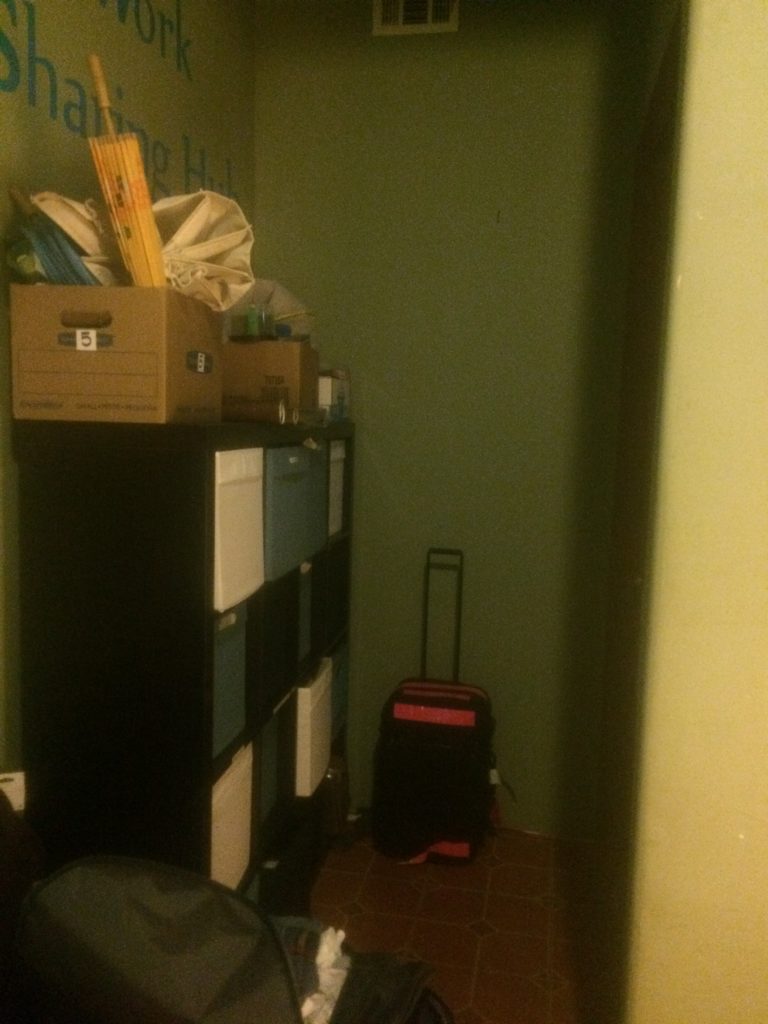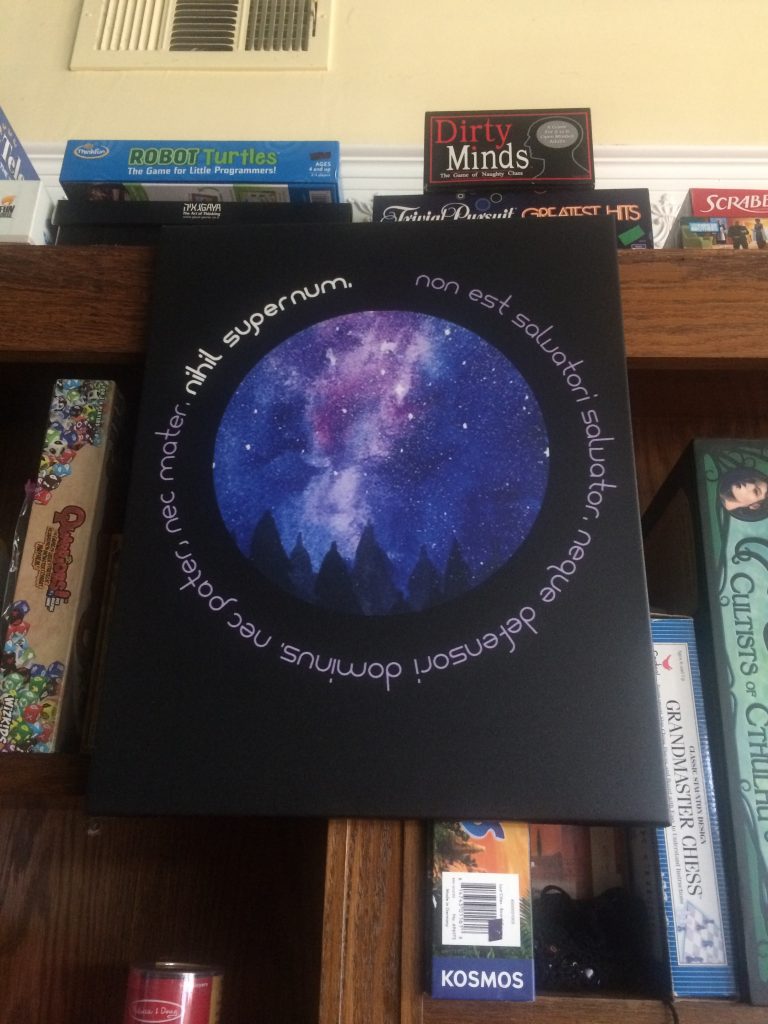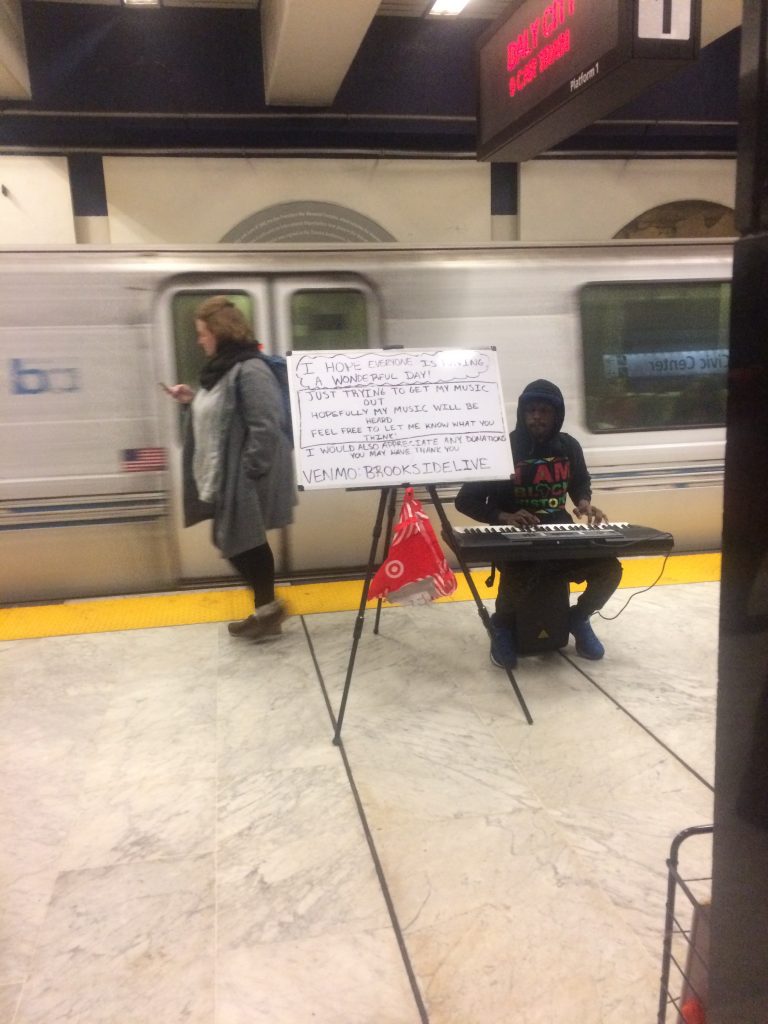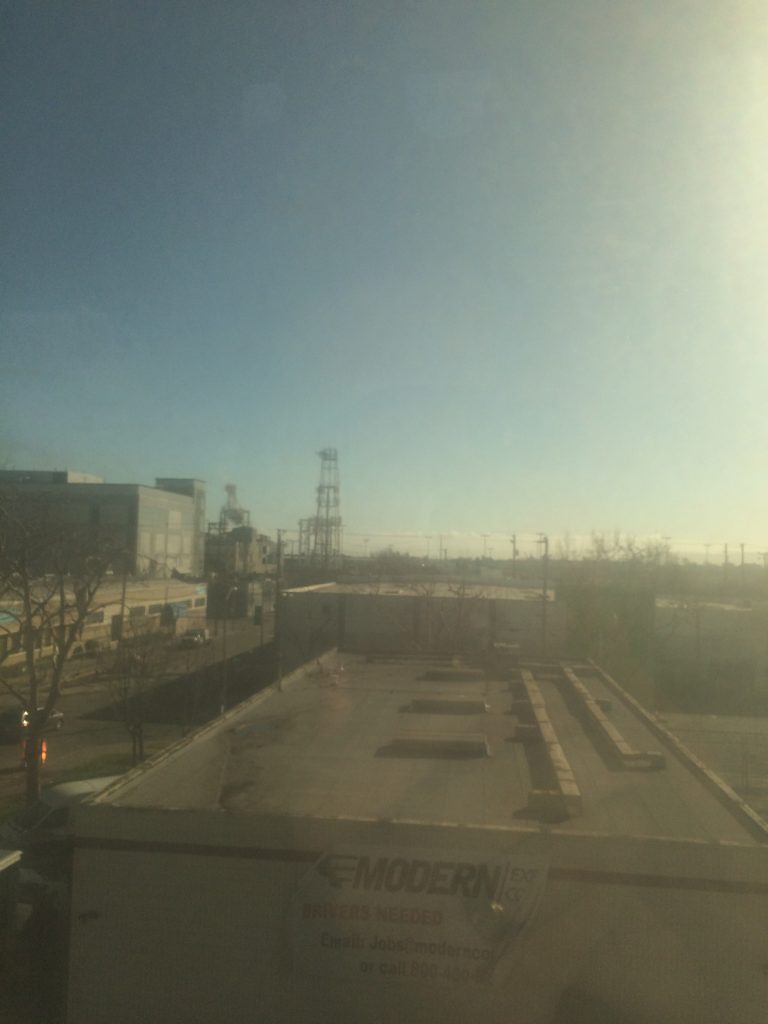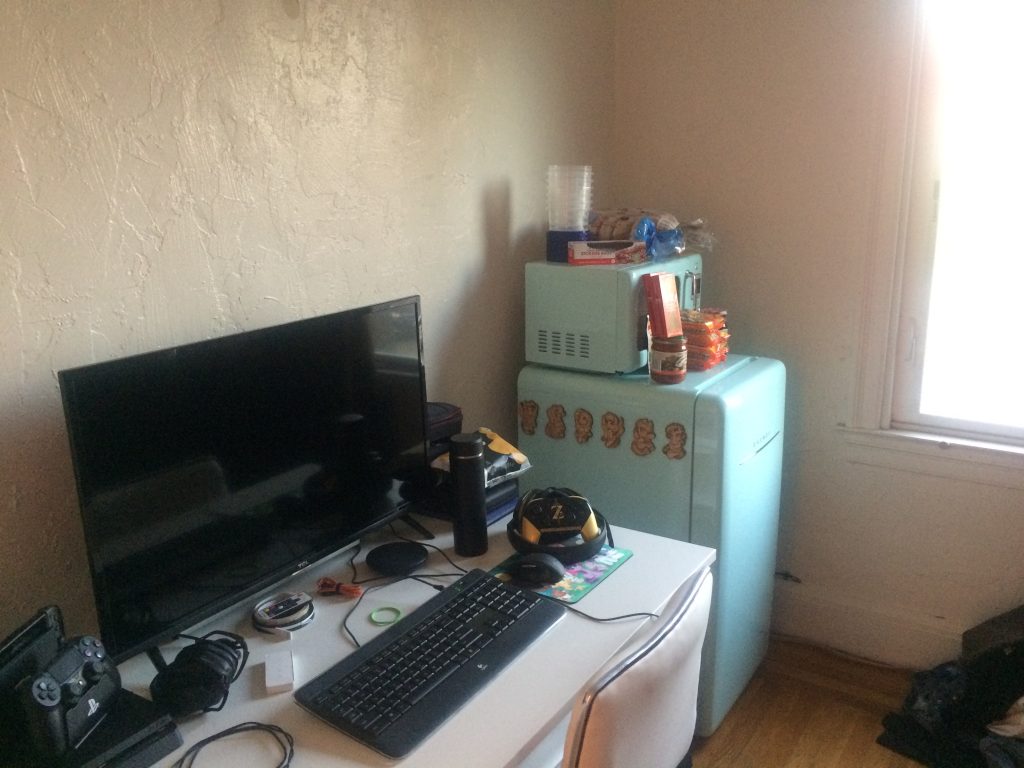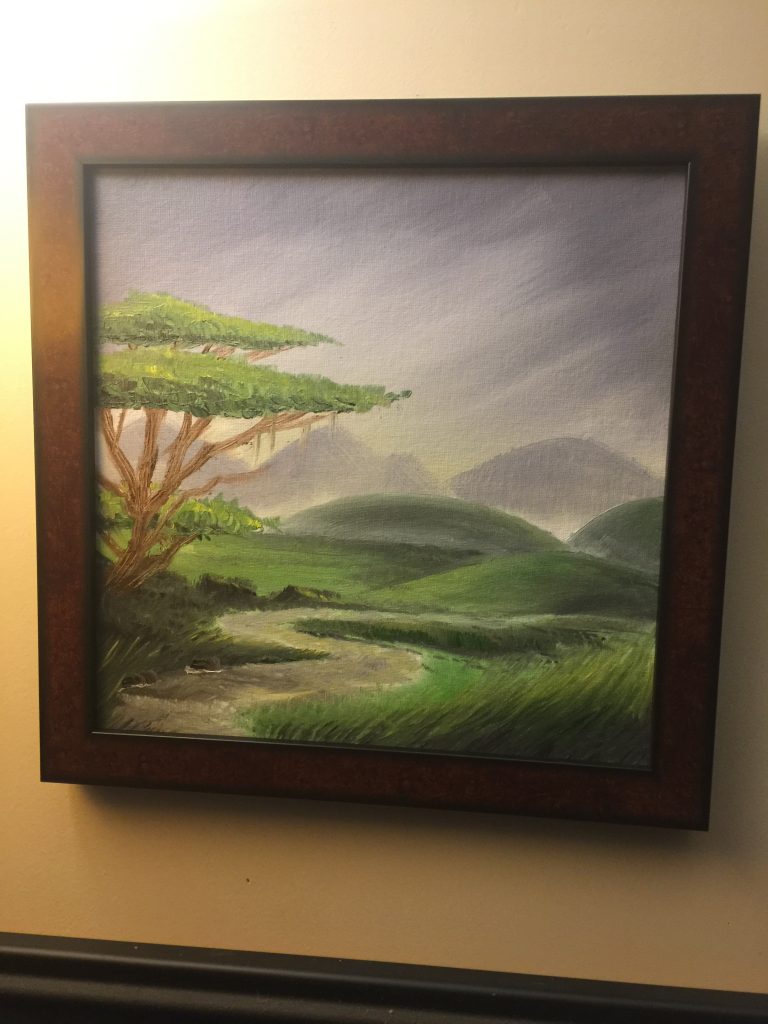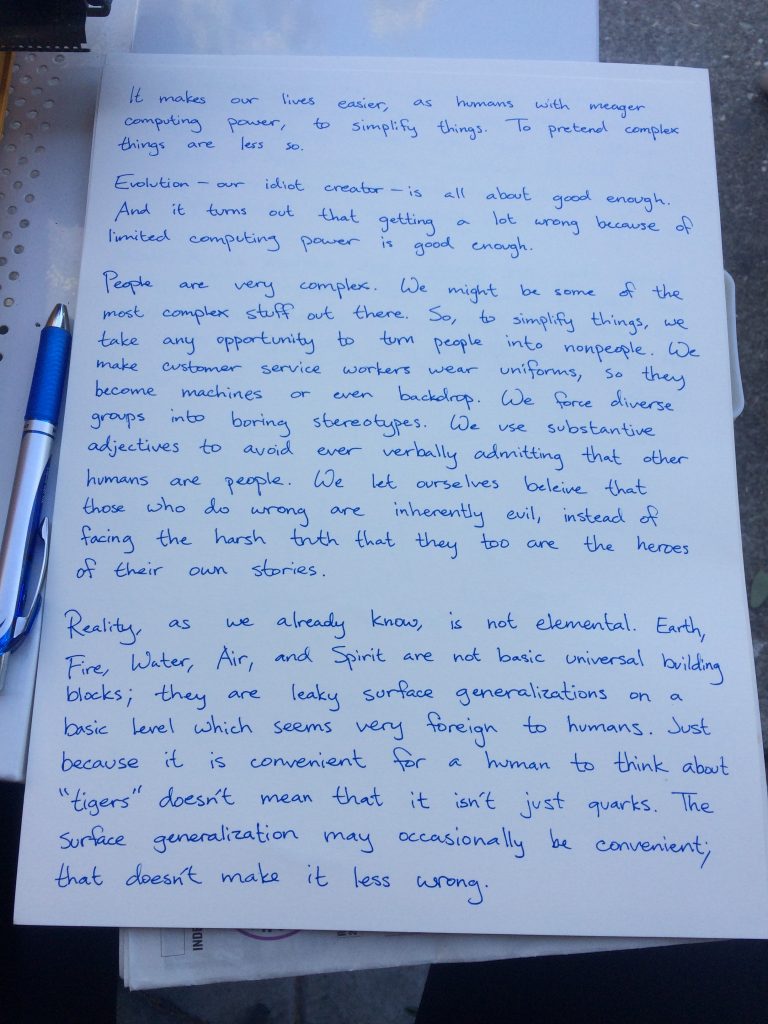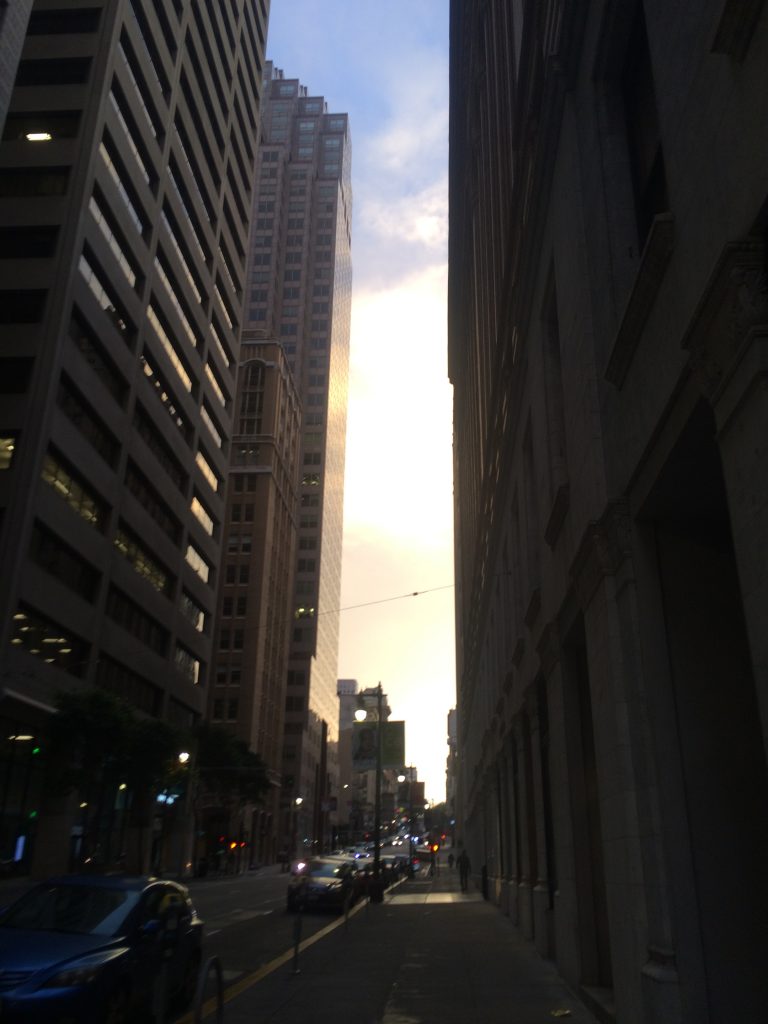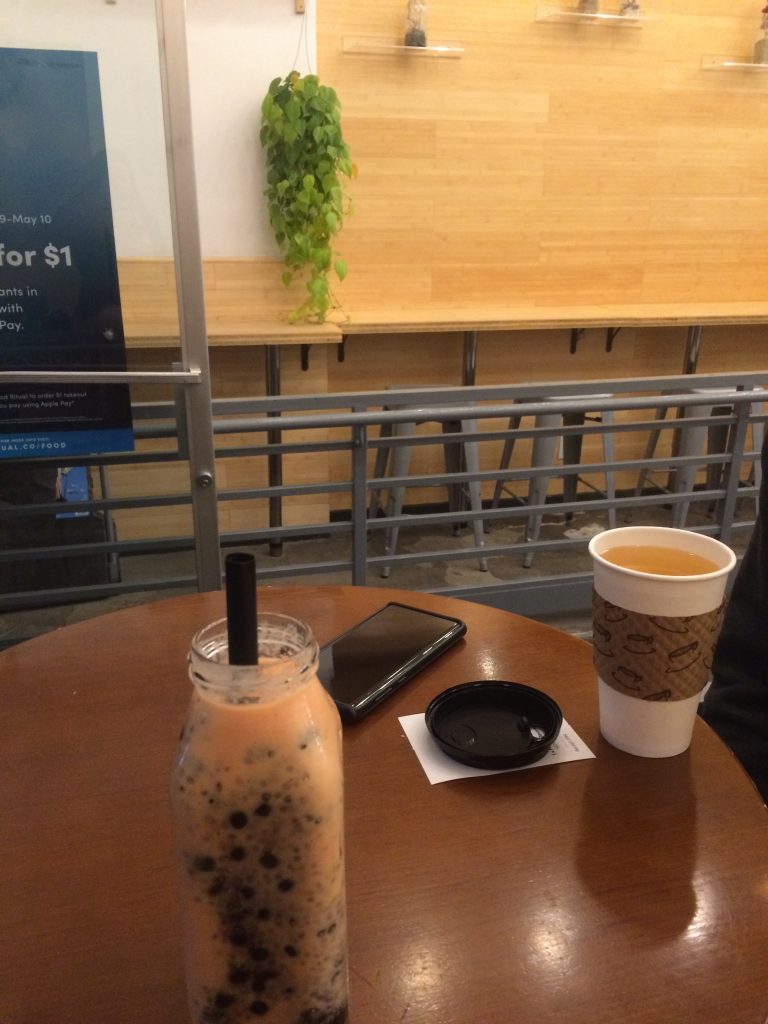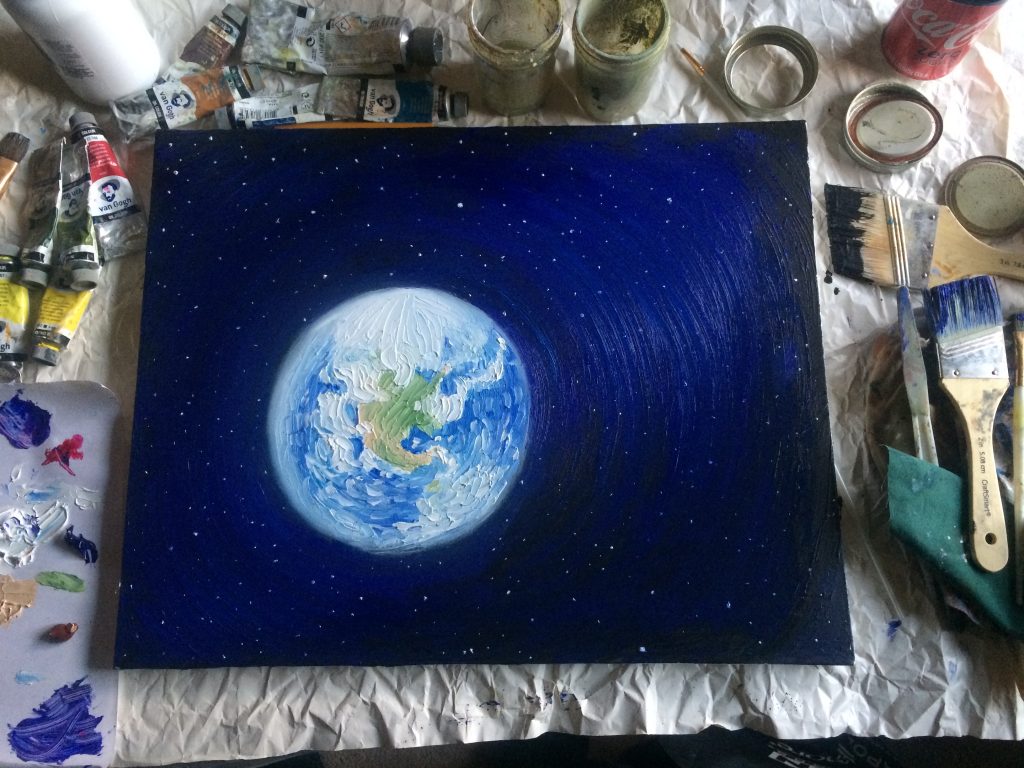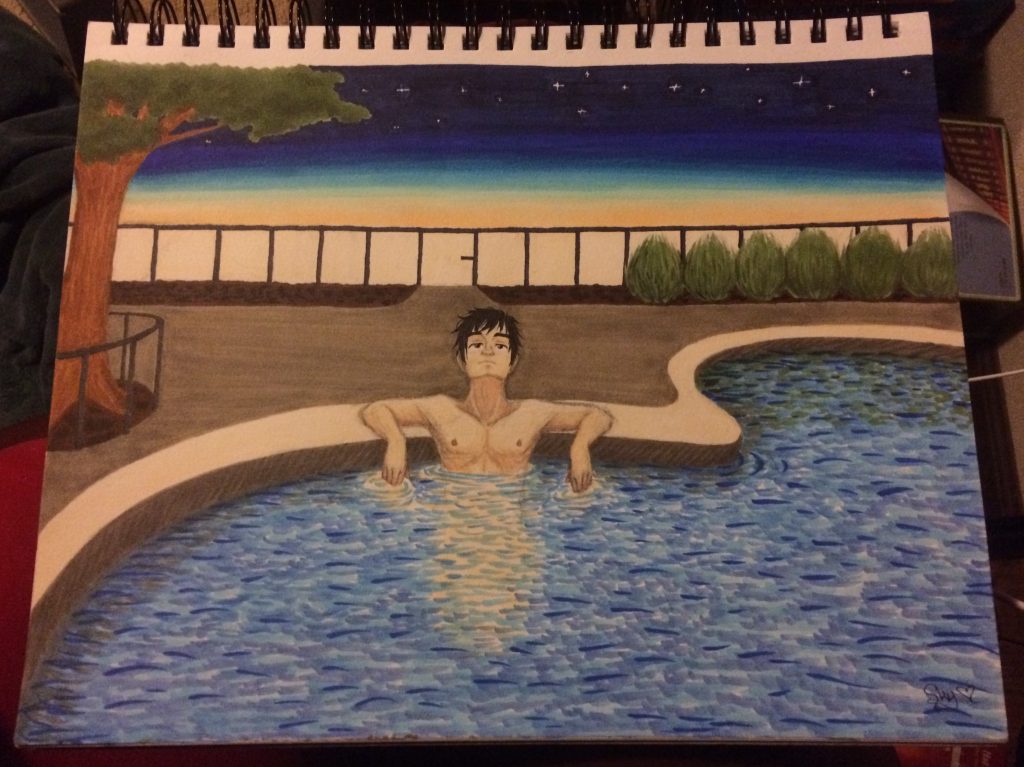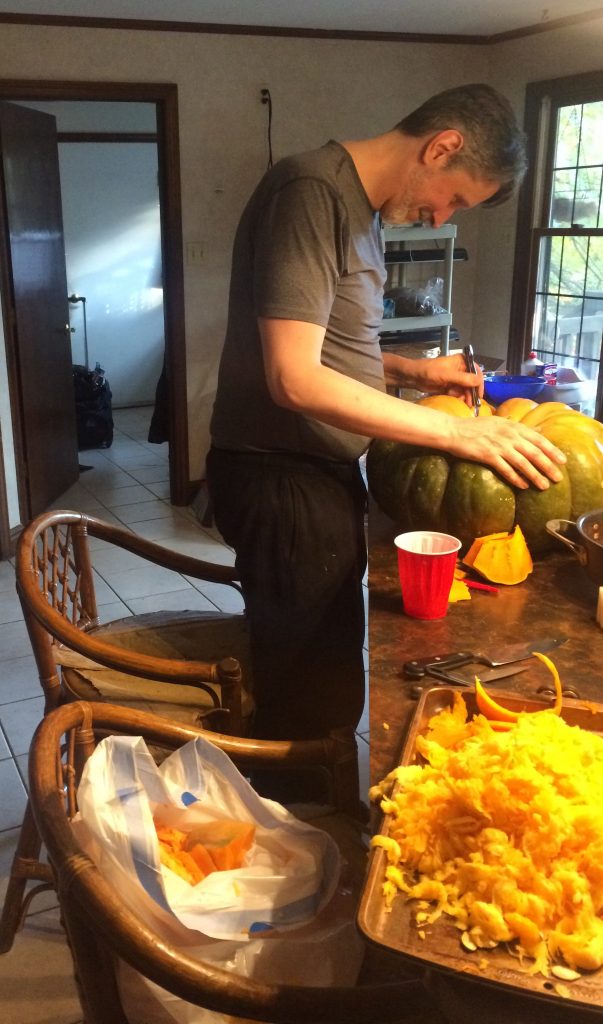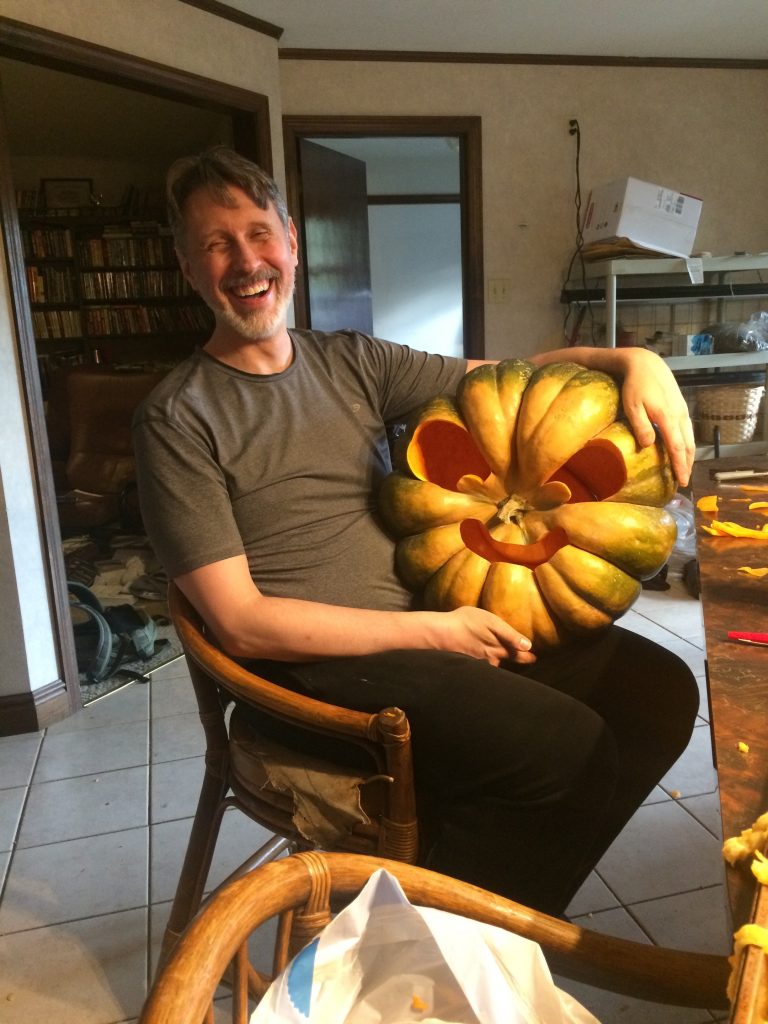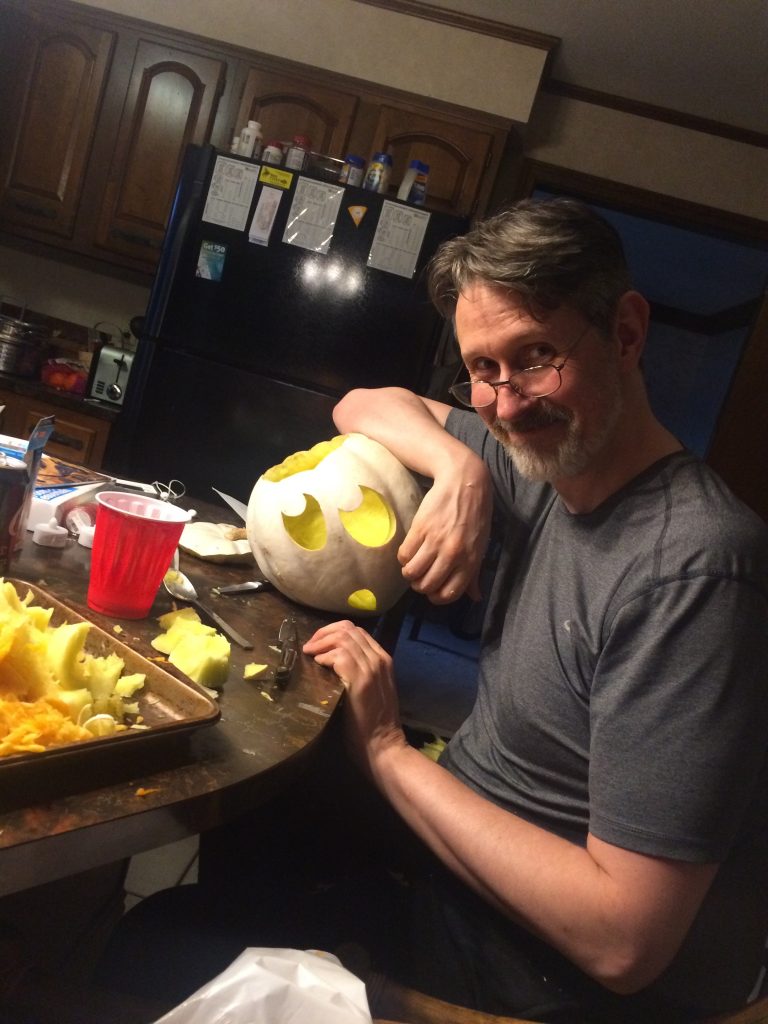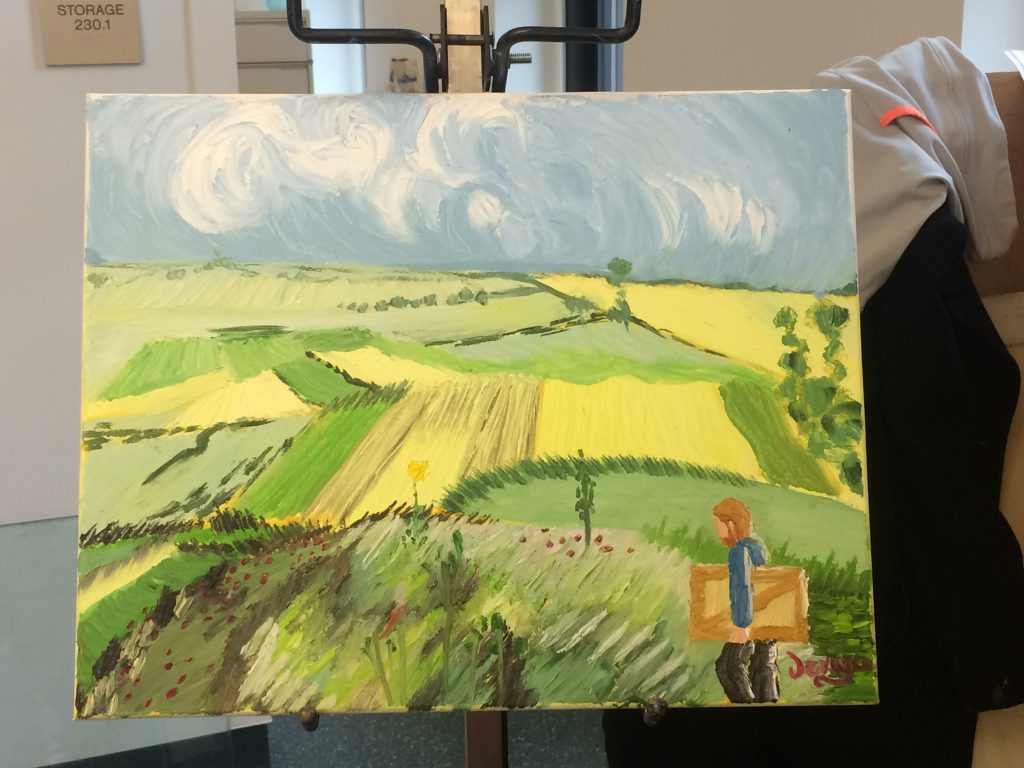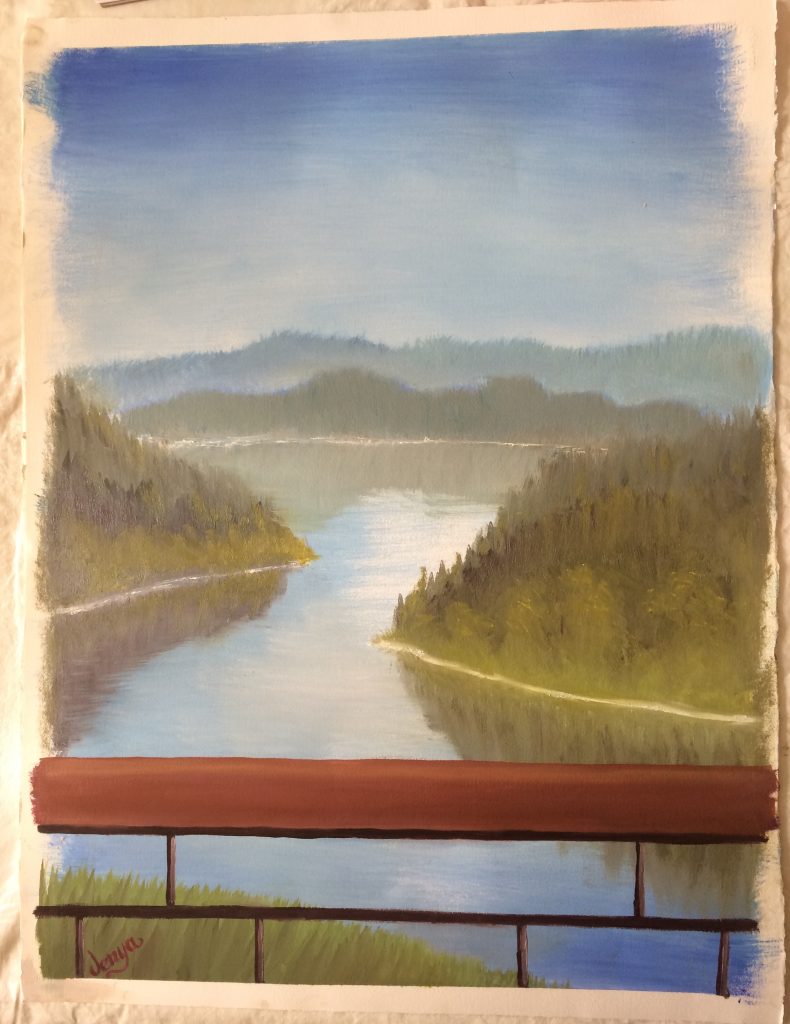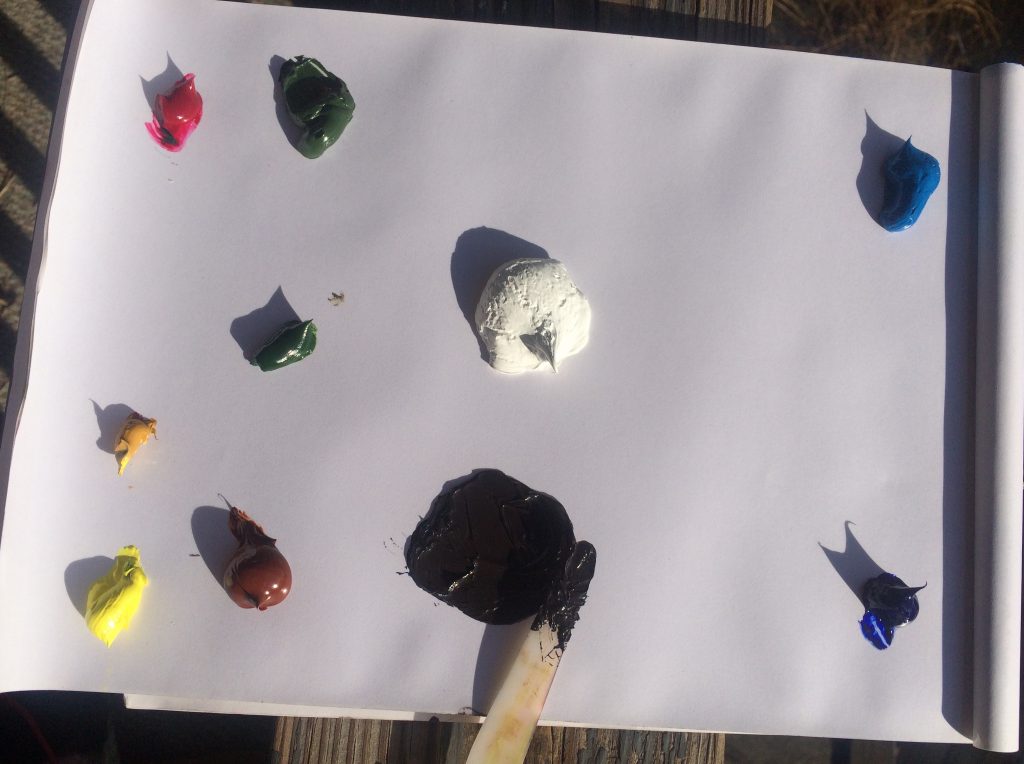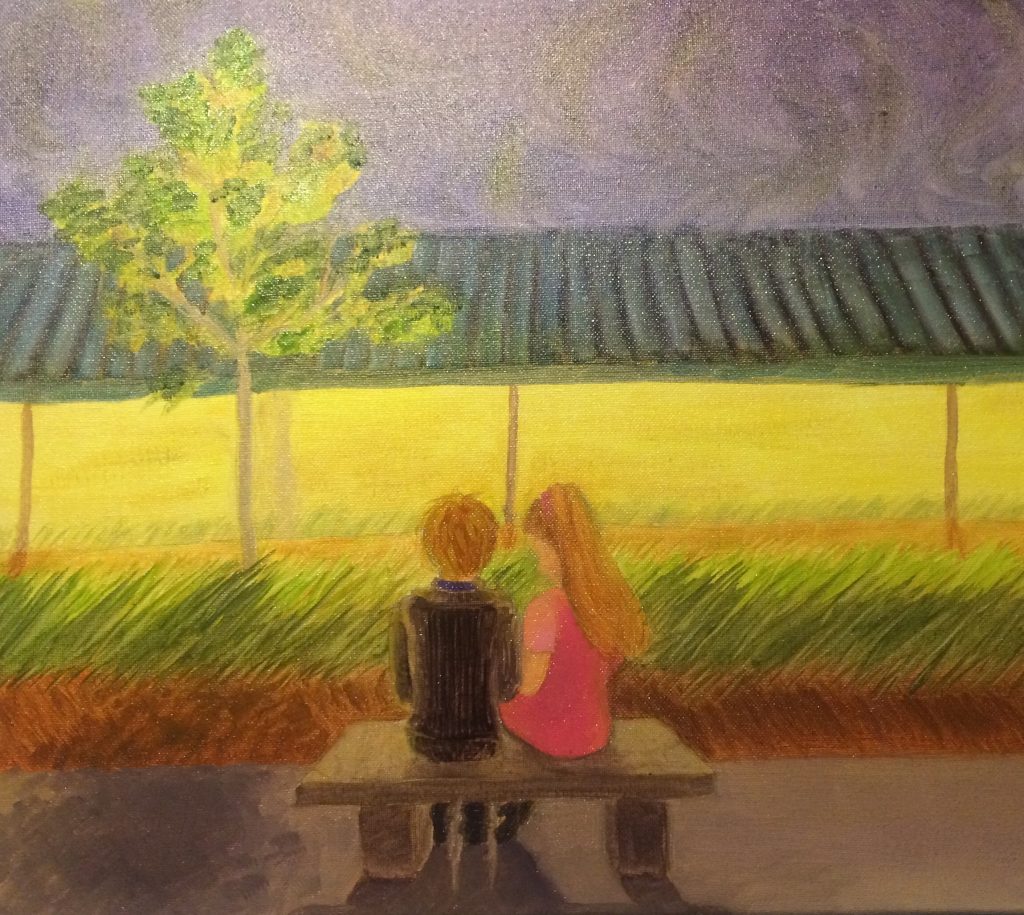A personal and biased account of the year 2018, written at the end of that year. I have no grand reasons for failing to publish it here until now.
As an American, I legally became a person at the age of eighteen. As a person born in the year 2000, that happened this year. As a result, I figure, this is the first year that counts. It may only make sense to start at the beginning, but I find the middle, while also more nonsensical, to be more fun.
There is a thing that seems strange to me, although there’s no other way that things could be. A human life is so long, and in such detail, but the overwhelming majority of it, people don’t care about. I could fill twenty novels with my experiences so far, but nobody would read it. There are things we do that aren’t interesting to anyone but ourselves. We can’t make our lives growing up into interesting anecdotes unless something weird happened “one day”. But that doesn’t mean that our lives weren’t important to us. It means they aren’t important to anyone but us.
That’s why younger people roll their eyes and sigh when older people reminisce about where they grew up, where they went to school, where they blah blah blah. We haven’t had the occasion to experience the concept of having our daily lives change radically, yet. And we will understand, at some point, when that does happen. Then somebody else is going to be rolling their eyes at us.
But there’s another point. Even supposing I wanted to read about someone’s whole life, end-to-end, it would take my whole life, end-to-end, to do so. It’s not just because we don’t care, though of necessity we don’t: we are incapable of caring. In the most literal sense, I only have time to care about snippets of other peoples’ lives, because it’s the only way that I, too, get to live.
The only person who can care about a life is the person who lived it. It feels like a bit of a gyp, but there it is.
My grandmother broke both her hips this year. The first one in January, when she slipped and fell on ice while walking home from her neighbor’s house, where she was delivering a homemade cake for New Year’s. The second one in June, when in a less stereotypically grandmotherly way, she tripped on a sidewalk crack walking to her car. Both occasions took up several straight weeks of my life after they happened—staying with her overnight in hospitals, sitting through her combination of childlike weeping and emotionally manipulative complaining, staying with her every third day at the rehabilitation center, and all of that.
I wish I could tell you that I did it out of love, or something. And in some twisted way, I suppose I did – I did it out of love for my mother, so I could spare her the burden of having to deal with her mother. My mother is a kind, if occasionally frustrating, fully capable adult. My grandmother is an overgrown baby who needs to be cared for and coddled twenty-four-seven, or else, like a younger sibling who knows it will get you in trouble, she’ll throw a tantrum. Except, instead of getting my mother in trouble, my grandmother gets her into debt. It’s like if you took that troublesome younger sibling and gave them your credit card.
I think grandmothers are more valuable to children, anyways. I recall when I was a child and, in exchange for the simple busywork of trimming her hedges and crushing some bottles and cans to take to the recycling place, my siblings and I got to play badminton in her backyard (without the net, because what’s the fun in a game if you can lose?) and raid her pantry for delicious snacks. We didn’t know that anything was wrong with her spending habits back then; we hardly knew what spending habits were. It’s easy to enjoy going out to dinner every day if you don’t understand that it costs money.
And there’s a lot more a grandmother can offer a child, too. My grandmother had nearly no experience in the real world, having been cared for by her parents till college, then by her husband until he left her, then by her then-fourteen-year-old daughter who faked her age and went on to work for a living on top of putting herself through college. But that kind of thing doesn’t matter to children: you have something to offer a child if you have good food and/or fun games. On the other hand, in order to have something to offer an adult, you need to have some knowledge or experience that they find valuable.
After my grandmother moved into a nursing home, where there are no icy or uneven sidewalks, I was tasked with the job of cleaning out her house so that we could rent it out. I’d like to say I was all sentimental about this, but in fact it was just… weird. You get used to a specific set of circumstances that accompany a place, and whenever you go to that place, you expect those circumstances to happen. And when they don’t, it feels weird.
I drive into my grandmother’s driveway and the lights are on; I walk up to the back door and I shove it open, since it tends to stick. The room is bright and warm, and a covered pan smells of my grandmother’s patented delicious concoction of orange juice and baby carrots. My grandmother is sitting on the heavily padded couch, tapping away at her computer that sits on a plastic tray table. The TV is quietly playing a news channel.
I open the door, for real this time. The lights are off. The room is nearly as freezing as the winter air outside. The living room is bereft of furniture and everything is in disarray. I wander around the vacant house, trying to find the thermostat so I can turn the heat on. Most of the light switches don’t work, so I open a handful of blinds so I can see around. The light in the spare room works.
Laughter spills from the room. My two sisters are piled into a small loveseat, sitting slightly on top of each other. My brother is slowly walking backwards on the treadmill. My grandma is standing beside a closet, asking everyone if they’d like to take home some of the clothes that she doesn’t wear anymore. There is a coat that used to be my grandfather’s that looks like it might fit my brother, so he stops walking backwards and glides to the end of the treadmill, jumping off and walking over to try the coat on.
I blink. The only thing that remains of the scene is the inviting orange light from the overhead lamp. It looks out of place in a frigid room filled with boxes. I turn away and walk back down the hall, still looking for the thermostat. The bedroom not only has no working light switch, it looks like it never did. There is a large empty space where the bed used to sit. I turn away and walk into the bathroom, flipping the light switch on.
In the living room, one of my sisters is sitting at the piano, tinkling out a melody that she’s trying to make sound creepy. My other sister is sitting in the comfy recliner by the couch, the coveted seat that she monopolized the instant we all walked in the door, telling her that she’s playing the notes wrong. My brother is contentedly munching out of grandma’s candy bowl as he waits for the rest of us to get ready. He decided to dress up as a Viking this year, so his entire costume is a heavy Icelandic fur-trimmed robe. I, on the other hand, decided to be a cat, so I needed to head to the bathroom to do my eyeliner whiskers.
The bathroom cabinets are open and empty; I cleaned out all my grandmother’s fancy collector’s perfumes the previous week. The sink is bare, no green toothbrush or little mouthwash cups. There is no silver hair in the bathtub drain.
I found the thermostat as I walked back to the living room. “Replace battery”, it said. I took the batteries out to see what kind they were. Triple-A. I’d have to make sure I brought some when I came back next. I shoved my hands into the pockets of my overcoat and walked over to one of the only remaining pieces of furniture in the living room: one of those old writing desks that folds down and reveals little cubbies inside. Next to it is a matching breakfront, empty of the hundreds of VCR tapes it used to contain. Two weeks ago, I’d boxed those all up and donated them to Goodwill; the employees there informed me that they were going to stop taking them soon, since people rarely bought them.
I opened up the writing desk and brought over the piano bench so I’d have something to sit on while I sorted through the piles and piles of paperwork in the desk. I put on “Bright and Clear” by Sou, since it seemed like it had the right slightly melancholy feel to it. At some point, I took a break and hit a McDonald’s.
After I’d cleaned out the desk and sorted everything out and stuck everything in my car, I was too damn cold to do anything else. I decided to drive home. I’d left my car on while I was packing stuff into it, so it was warm, but my clothes were cold. I tossed off my gloves and opened my coat, turning up the fan. As I drove down the main drag in my grandmother’s old neighborhood, I realized my feet were still cold. I kicked off my boots.
The pedals weren’t cold or wet, they were dry and warm from all the warm air that the heater had been blowing on them. Unbeknownst to my previously-shod feet, the gas pedal was skinnier than the brake, and was rooted to the floor. My first and fifth toes wrapped a little bit around the sides of it. The brake pedal, on the other hand, was a bit higher up, and attached to the roof of the foot-compartment. It was wider and more deeply grooved, and it moved along the curve of a clock pendulum. With shoes on, I’d operated both pedals exactly the same way, but I came to realize that they were very different. It felt very strangely intimate.
Up until that moment, I’d hated that car. It wasn’t my first car, and I didn’t buy it. Legally, it wasn’t even in my name yet. It reeked of cigarette smoke from the two months that some of the roofers that work for my mom had used it, after my grandmother was in the nursing home and couldn’t drive anymore, but before my sister had wrecked my old car and left me car-less. It accelerated like an itchy trigger finger and braked the same way. Nearly every surface was caked in dirt and cigarette ashes and the ones that weren’t were full of pill bottles.
My old car had the most comfortable seats you’d ever sit in. It had the most perfect heat and air conditioning; the hottest setting was just hot enough to be toasty but not so hot that you felt you’d burn your face off, and the coolest setting made me feel like I was in an ice rink, not like I was about to get frostbite. The space right beside the emergency brake lever was a perfect place to put my wallet, since it was wide and flat enough. I kept it meticulously clean for the most part, and so had the guy I’d bought it from, and so the worst stain it had was from an energy drink that had spilled all over the cupholders when I’d had to brake 70 to 20 on a highway after some idiot had pulled out in front of me. All the windows except the front windshield were tinted drug-dealer-style, so that I could confidently do whatever the fuck I wanted in a parking lot and nobody would be able to see. The trunk had a ton of space: I fit a whole gigantic lawnmower in there once. On the whole, I knew that car up and down, front and back, and it knew me.
Then my sister, who I love more than life itself, wrecked it.
This was the sister who I’d called my soulmate more than once, who I drove to South Dakota and back with (that’s four days total of driving, seventeen hours each way) and somehow managed to never get bored with talking to, who I’d talked to about everything and nothing, who had read every single one of my shitty attempts at fiction writing and managed not to laugh except at the jokes, who I have never had a bad argument with, who frequently consoled me after I’ve had bad arguments with other people, who I would gladly follow to the ends of the earth.
This was my first car, the car that I’d bought with every penny of my life savings, that carried my sister and I to South Dakota and back, that carried us on so many other trips, that I drove back and forth to my sales job that I couldn’t have gotten without it, that had heard me reciting every sales pitch, mumbling in every foreign language, asking for every takeout order, conversing with every friend. That I drove to the ends of the earth, and back again.
I did what I had to do.
I consoled my sister. I told her not to beat herself up about it. I told her that the only thing she should take away from this is that she needs to become a safer driver. I didn’t shout and I didn’t scream and I didn’t cry. Not in that moment, anyways, though I certainly did those things afterwards, when she was out of earshot. I spoke in a calm, collected, grown-up voice.
I didn’t do this because I realized some grand moral truth about how people are more important than objects or whatever. Sometimes, objects are people, or at least, they are memories, which is as close to a person as you’re going to get. That car was two years of my life. I’m not getting them back.
No, I did it because I logically decided that the best course of action was going to be the one that made my sister into a better person, and that allowed her to move on from this in a positive way. For the duration of that car ride, for the duration of the next two weeks when I interacted with her, I decided that my grief wasn’t important. I decided that while those two years mattered to me, while I mattered to me, my sister mattered more.
Did I mention I love her more than life itself?
Until that day, as I drove back from working on my grandmother’s old house, I hated that new car. But as I merged onto the highway, felt myself accelerating as I eased the gas pedal down with my toes, I figured, maybe it’s okay. Maybe I don’t mind the uncomfortable seats and the bad smell and the heating that makes me feel like I’m standing in front of an oven.
The light snow that fell outside turned into a miniature blizzard, cutting my visibility in half. Seeing the sea of red light ahead of me, I braked, feeling the grooves of the pedal under the ball of my foot. I put on a piano cover of Toto’s Africa.
Maybe I don’t mind the outlet that doesn’t work and the cigarette ashes that get all over my tubes of lip balm when I put them in the compartments. The past version of me that had that car is gone. The hypothetical future version of me, the version I had always assumed I would become, where I continued to have that car, is gone. But maybe the current version of me, where I have this new car, isn’t so bad.


